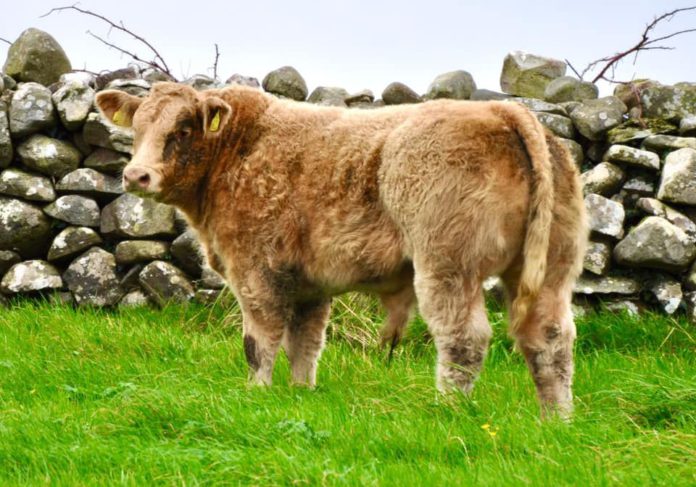“Some people think that once you go into organics, you cannot use any doses or any veterinary products, but you could not be further from the truth.”
That is according to Joe Kelleher, an organic specialist at Teagasc, who has said there are “many” misconceptions in relation to organic farming in Ireland.
He featured as part of the state agency’s webinar, which focused on organic farming, entry requirements and factors to consider before converting.
Kelleher explained during the virtual session that one of the core principles of organics is that “animals are not allowed to suffer”.
“If an animal needs a dose or a certain antibiotic to treat whatever is wrong with them, they get that treatment.”
“The big difference is what happens before and afterwards. The before is that the vet has to sign off on pretty much everything the animal gets. When you sign up for organics, you fill out a health plan with your vet, and you list all the products you think you might need.”
“Then, that is signed off on. The other difference is what happens after the product is used. One notable difference is that the withdrawal period has to be twice the legal withdrawal period.”
“So if the bottle states a withdrawal of 28 days, you cannot send that animal to the factory for 56 days, as you are doubling the withdrawal period.”
He provided a slide which stated that the withdrawal period between the last administration of an allopathic veterinary medicinal product to an animal under normal conditions of use and the production of organically produced foodstuffs from such animals is to be twice the legal withdrawal period.”
Treatment limits
The Teagasc organic specialist outlined that another rule exists in relation to the quantity of veterinary treatments that are permitted.
He outlined how the use of antibiotics in clinical cases only is a restricted practice where no remedy would be effective or after a major trauma as a result of surgery or an accident.
So, essentially, “they should only be used where necessary”. He added that the organic standards set out the number of antibiotic treatments per animal, as follows:
- Animals for meat consumption – 1 course (not necessarily a single dose) of antibiotics as prescribed by your vet within 12 months;
- Animals for breeding (suckler cows and ewes): 2 courses of antibiotics within 12 months;
- Dairy mastitis: 2 courses of antibiotics within 12 months. Otherwise, the cow must be removed from the milking herd.
Implications
If you exceed the maximum treatment limits outlined above, the animal loses their organic status, and as a result, farmers have two options, he told the virtual meeting.
He stated that in these circumstances, you would have to sell that animal conventionally, or that animal will have to undergo a further 15-month conversion period before it can regain its organic status.
Kelleher concluded: “You can use most of the products that you are using in conventional farming in organics, but there are restrictions around withdrawal periods and the number of treatments an animal can get.”





